-
Heat by Joyce Carol Oates Short Story Analysis
“Heat” is a short story by American author Joyce Carol Oates, and an interesting example of omniscient first person narration.
-
The Floating Camera Technique In Writing
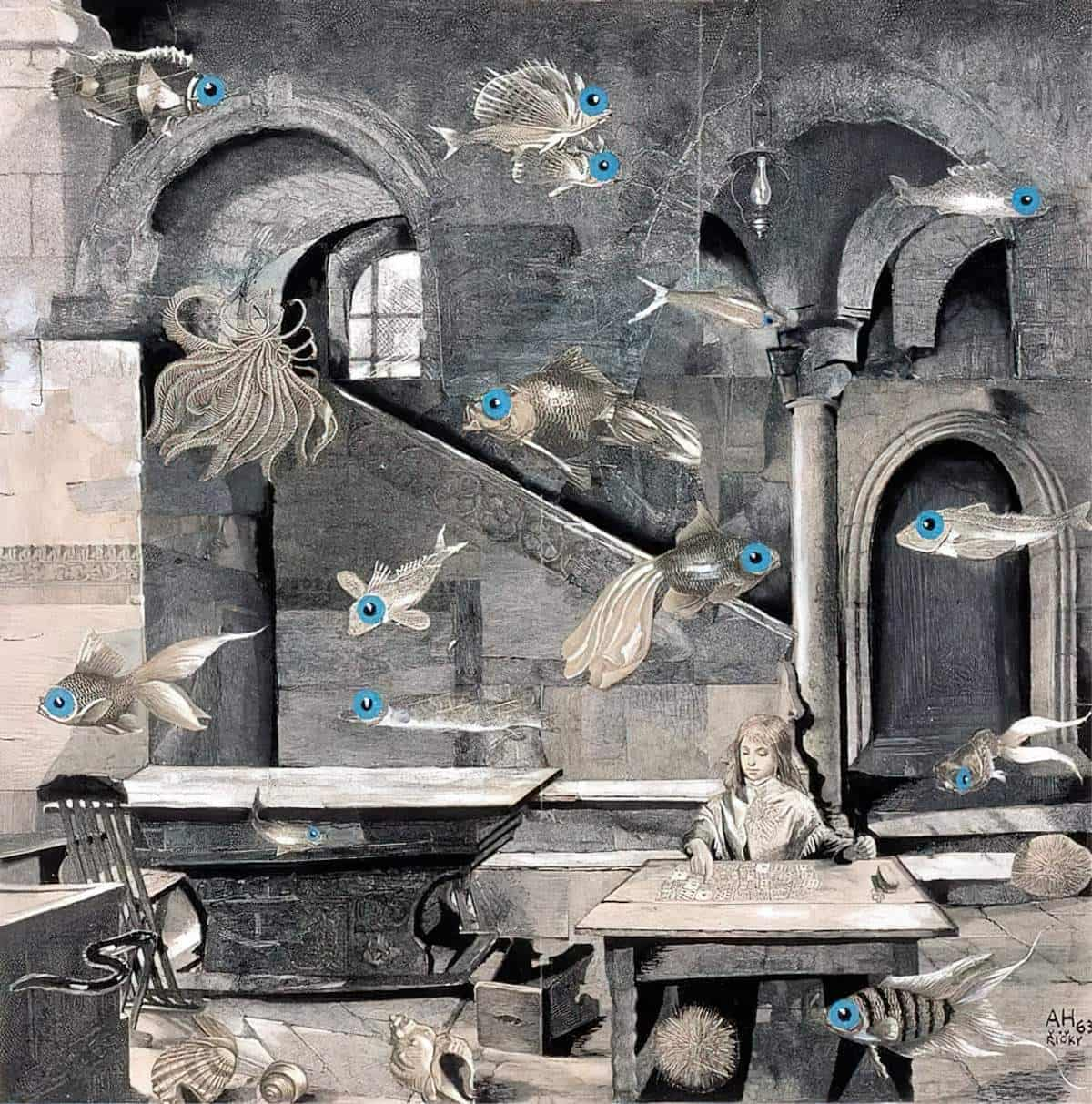
Here’s an example of the floating camera technique opening a novel by Marian Keyes: June the first, a bright summer’s evening, a Monday. I’ve been flying over the streets and houses of Dublin and now, finally, I’m here. I enter through the roof. Via a skylight I slide into a living room and right away […]
-
Whimsy: What does it mean for a book to be whimsical?
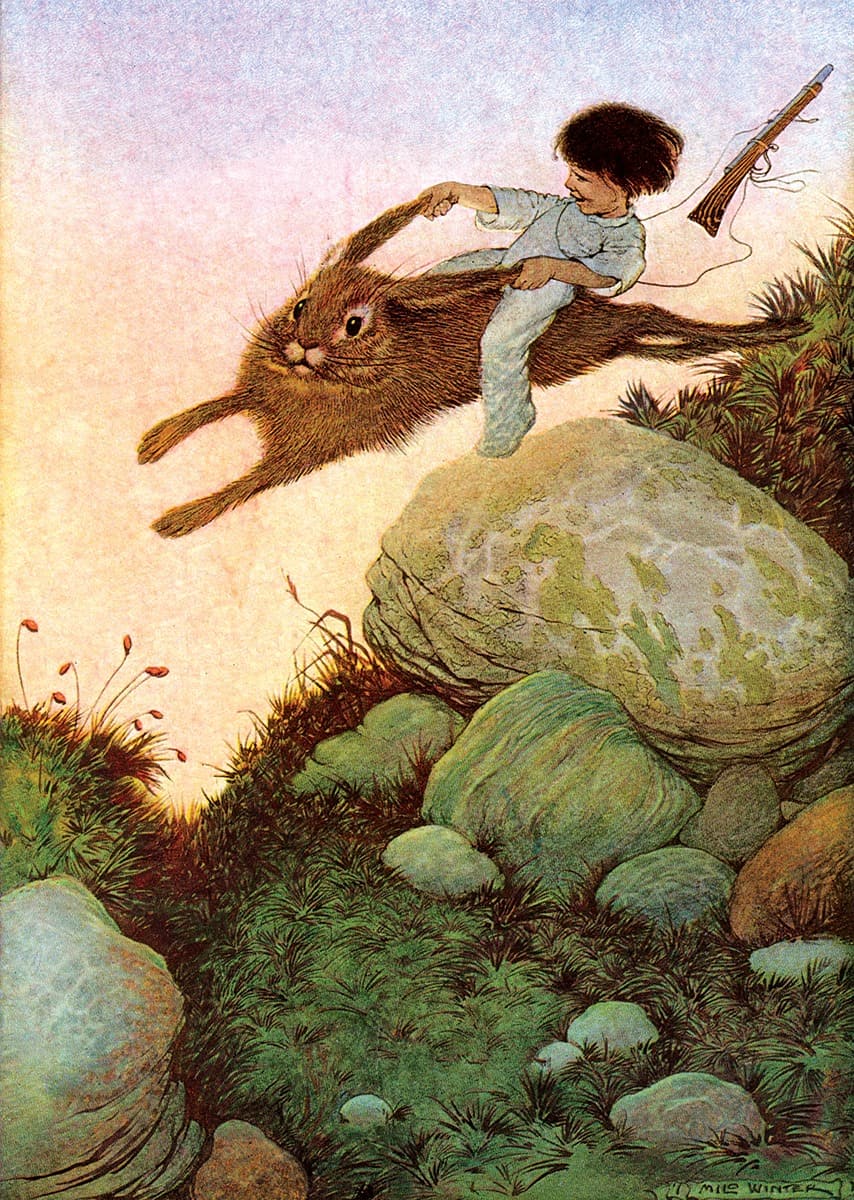
What are the common features of popular works commonly described as ‘whimsical’? A long while ago I swapped a middle grade critique with someone who had used ‘whimsical’ in the title of their work, yet the story itself did not feel whimsical. I started to wonder about the unspoken rules of ‘whimsical’. But could I […]
-
The Difference Between Story and Discourse
What Is Discourse? ‘Discourse’ is a conveniently loose term, and can refer to: 1. Linguistic Discourse — generally refers to specific discourse types such as the discourse of parent-child conversations, boss-employee conversations, dinner table conversations versus schoolyard conversations… 2. Narratological Discourse — the means by which a story and its significance are communicated. Aspects such […]
-
Choric Figures In Contemporary Storytelling
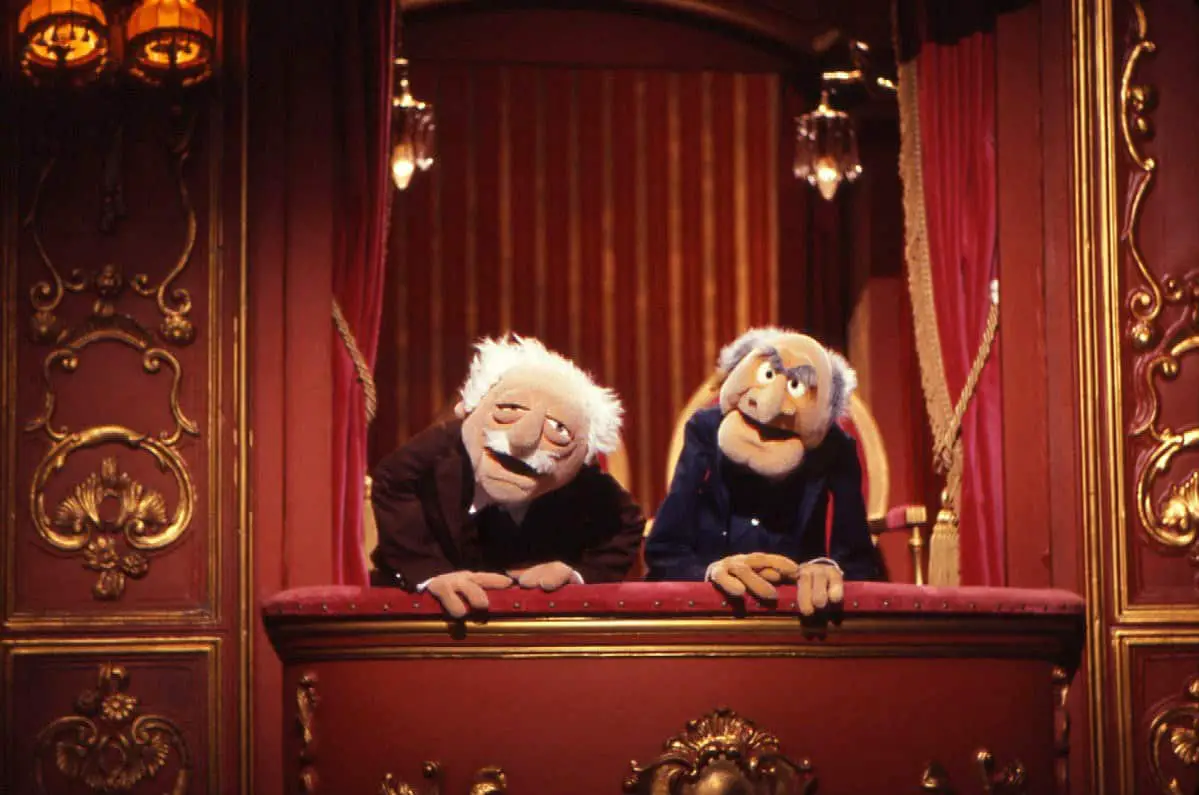
WHAT IS A CHORIC FIGURE? CHORIC FIGURE: Any character in any type of narrative literature that serves the same purpose as a chorus in drama by remaining detached from the main action and commenting upon or explaining this action to the audience. I’ve also seen ‘choral commentator’ and guess it means the same thing. It […]
-
What Is Psycho Narration?
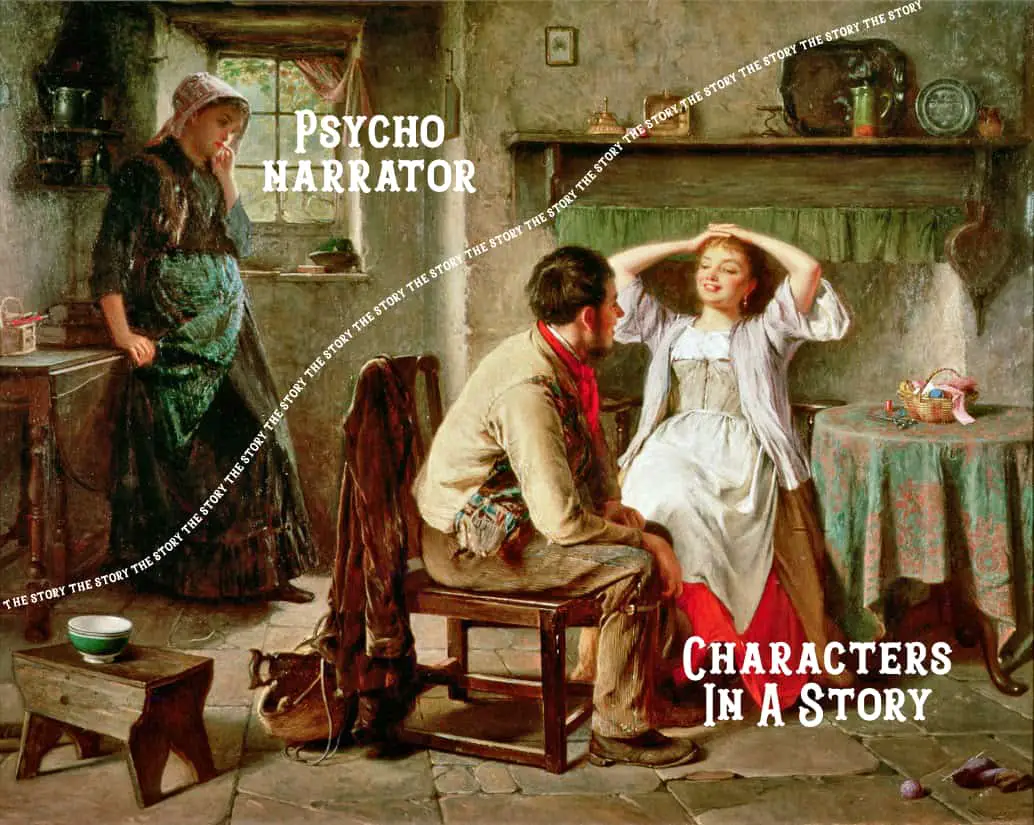
Psycho-narration describes how writers make use of omniscient narrators to reflect their characters’ consciousness. Sometimes, authors use an unseen narrator, but use the language of the character they describe. In other words, psycho narration is an ‘outside’ commentary of a character’s consciousness, but in the character’s own ‘words’. Because there’s no actual talking going on, […]
-
Writing Without Backstory: In statu nascendi
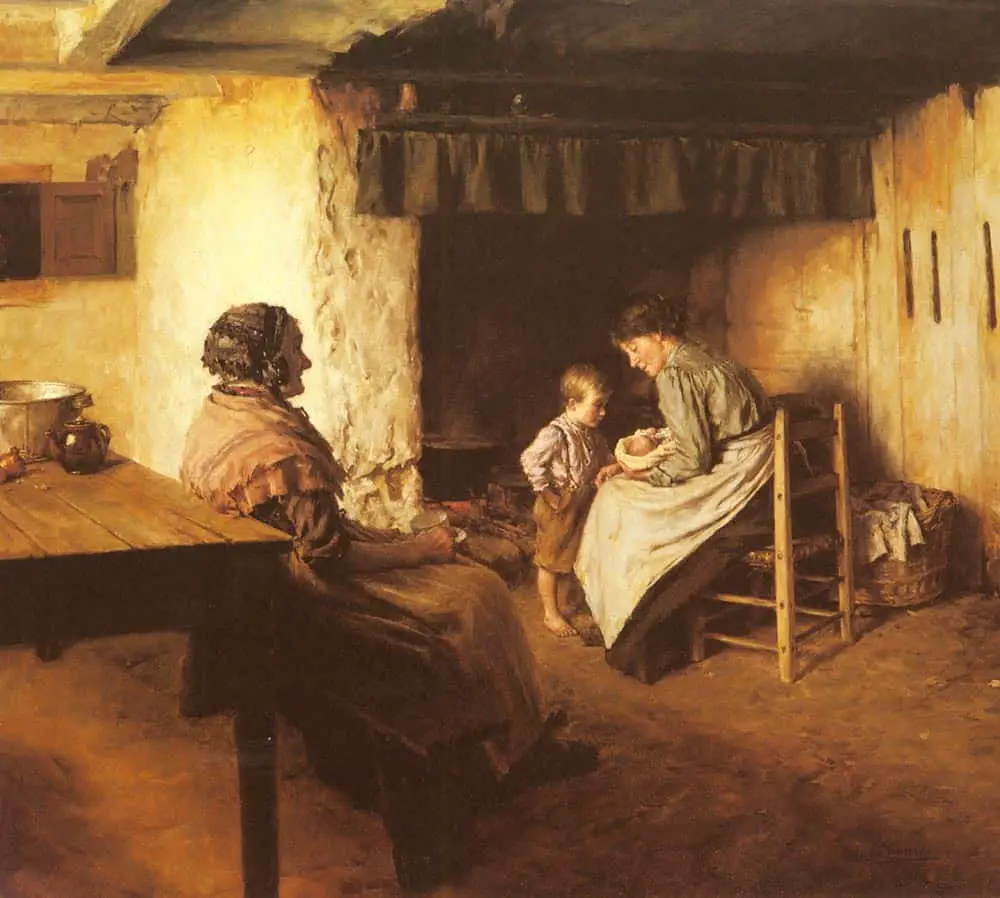
In statu nascendi is a Latin phrase and means “in a state of being born”. When a story begins in medias res (in the middle of things) and the character is given no backstory, we may say the character is presented to us in statu nascendi. Modernist writers started this trend. You’ll see it in […]
-
What is parallax in literature?
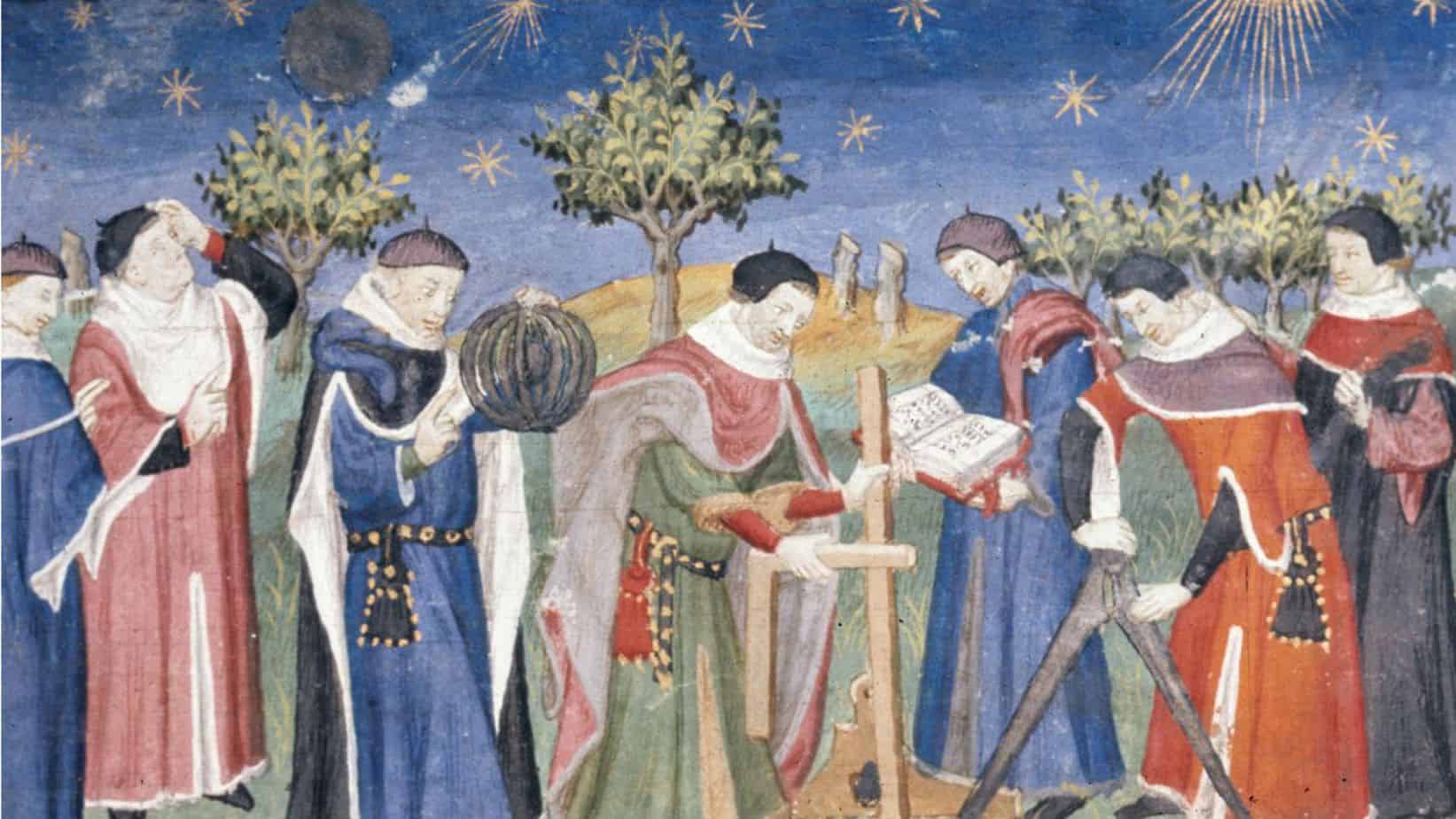
How do you create a parallax effect in writing? There are two standout techniques.
-
What is narrated monologue?
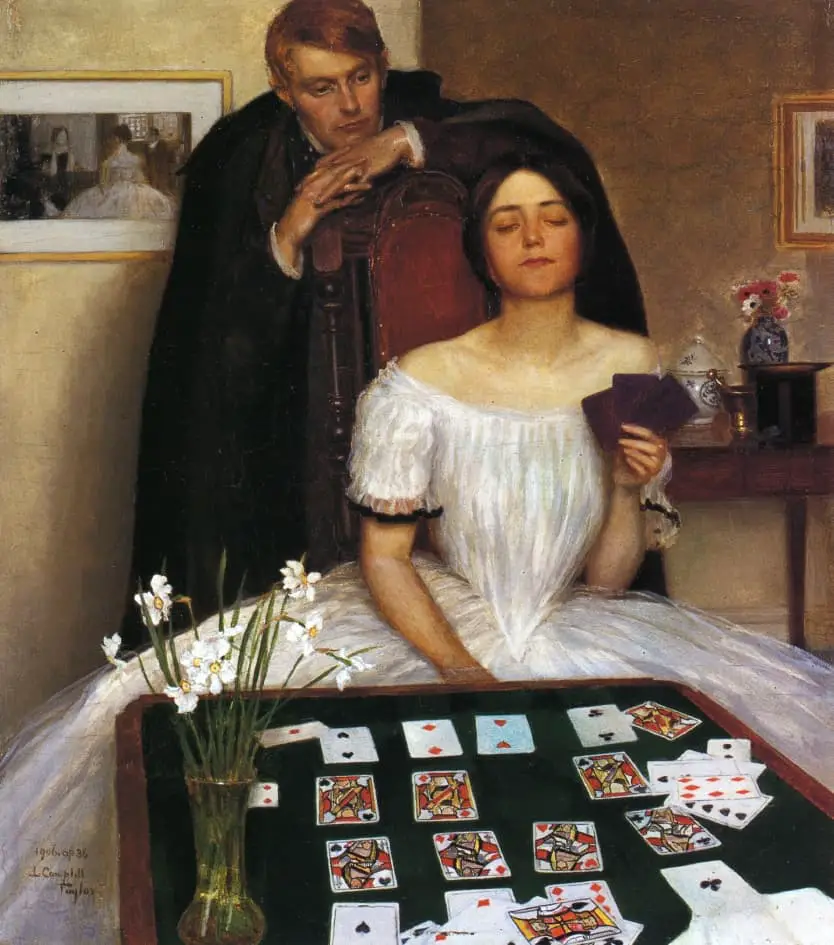
There are many, many words and phrases used by different commentators to catalogue the many ways of narrating fiction. The terms overlap. Some have called the writing style of modernists such as Mansfield, Lawrence and Woolf ‘narrated monologue’. What is that, exactly? And what does it look like on the page? Narrated monologue presents the […]
-
How To Write Like Alice Munro
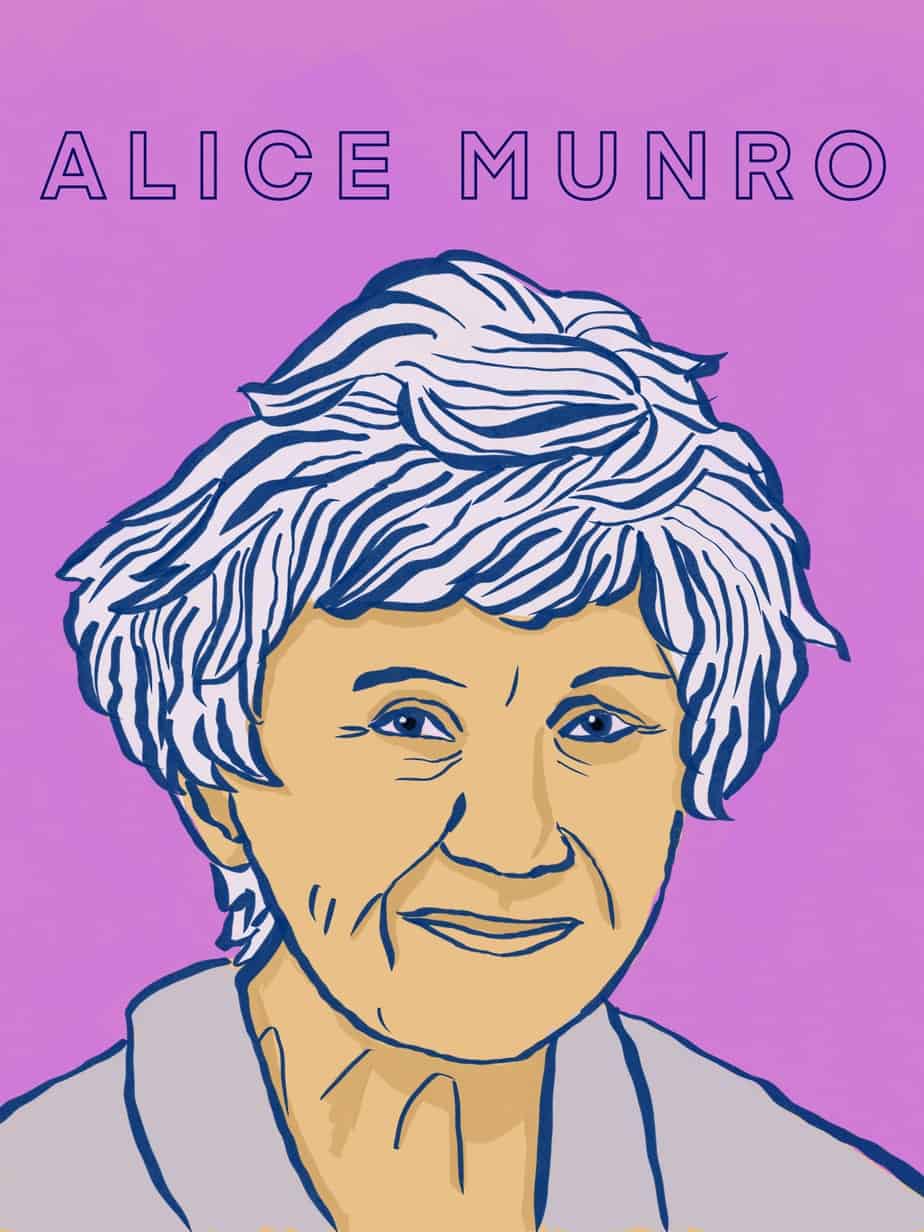
**UPDATE LATE 2024** After Alice Munro died, we learned about the real ‘open secrets’ (not so open to those of us not in the loop) which dominated the author’s life. We must now find a way to live with the reality that Munro’s work reads very differently after knowing certain decisions she made when faced […]
-
Trespasses by Alice Munro Short Story Analysis
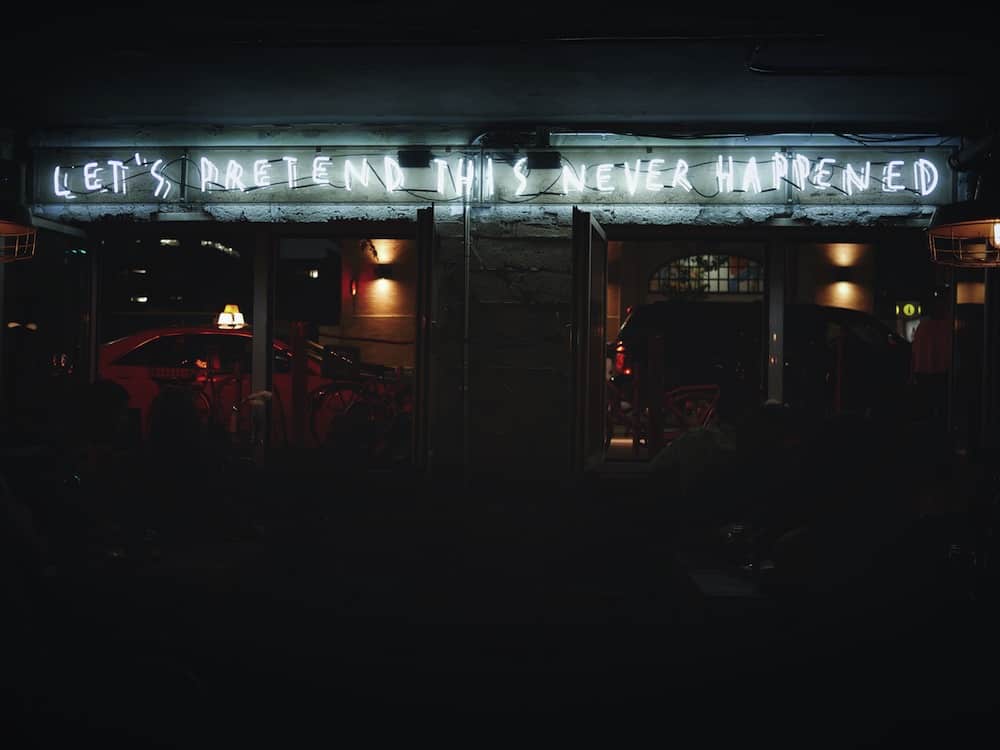
“Trespasses” is a short story by Canadian author Alice Munro, included in the collection Runaway, published 2006. This piece might challenge everything you’ve learned about how to structure a story. All the parts are there, but not as you’d expect. If Alice Munro had anonymously joined one of my writing critique groups over the years, […]
-
How To Write Like Paul Jennings
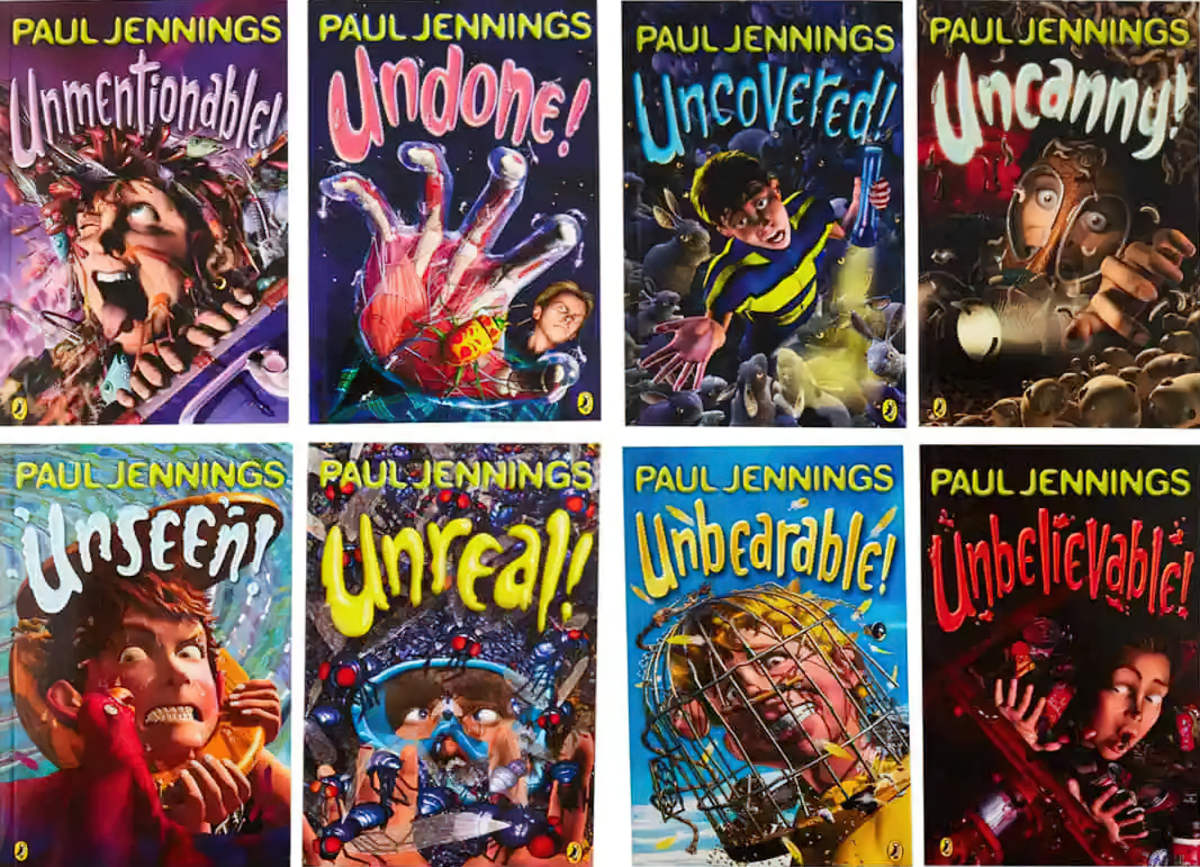
Paul Jennings mastered the tall tale hi-lo children’s story in the 1980s. 30 years on, writers can still learn from his techniques. Other Paul Jennings tropes need to go the way of the dodo.
-
Stone City by Annie Proulx Short Story Analysis

“Stone City” is a short story by Annie Proulx, first published 1979, collected 20 years later in Heart Songs. Some of Proulx’s short stories are like compacted novels, and “Stone City” is one of those. The story of the humans is wrapped by the story of a fox, looking in from a slight distance. “Stone […]
-
Cameras In Storytelling
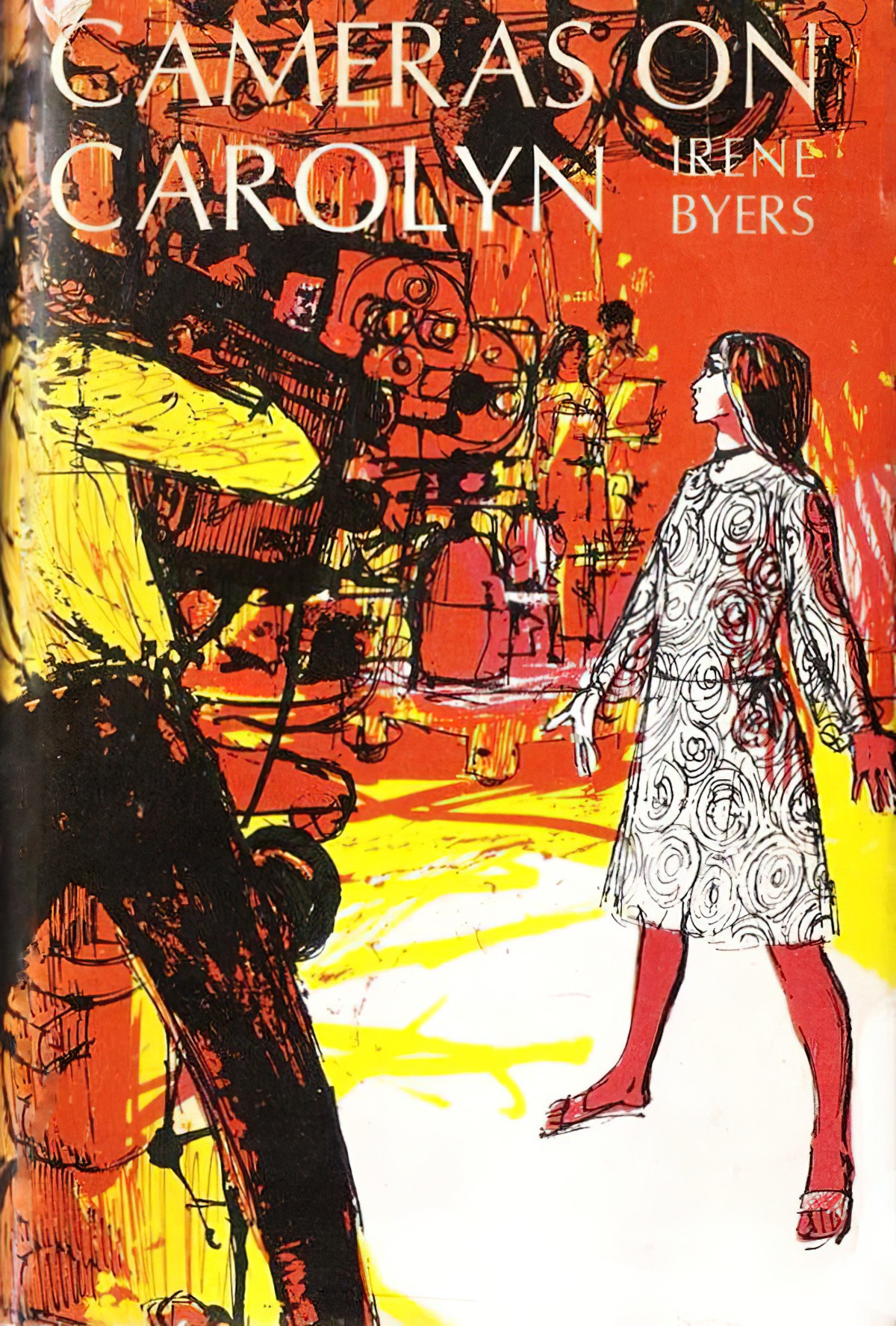
The invention of cameras was a boon for storytellers. Writers and film directors have this new narrative tool — in the shape of a camera — which allows them to play around with perspective, to use as a metaphor and as a way to explore death. (No kidding. Read on!)
-
Narration and Storytelling: Focalisation vs Head Hopping
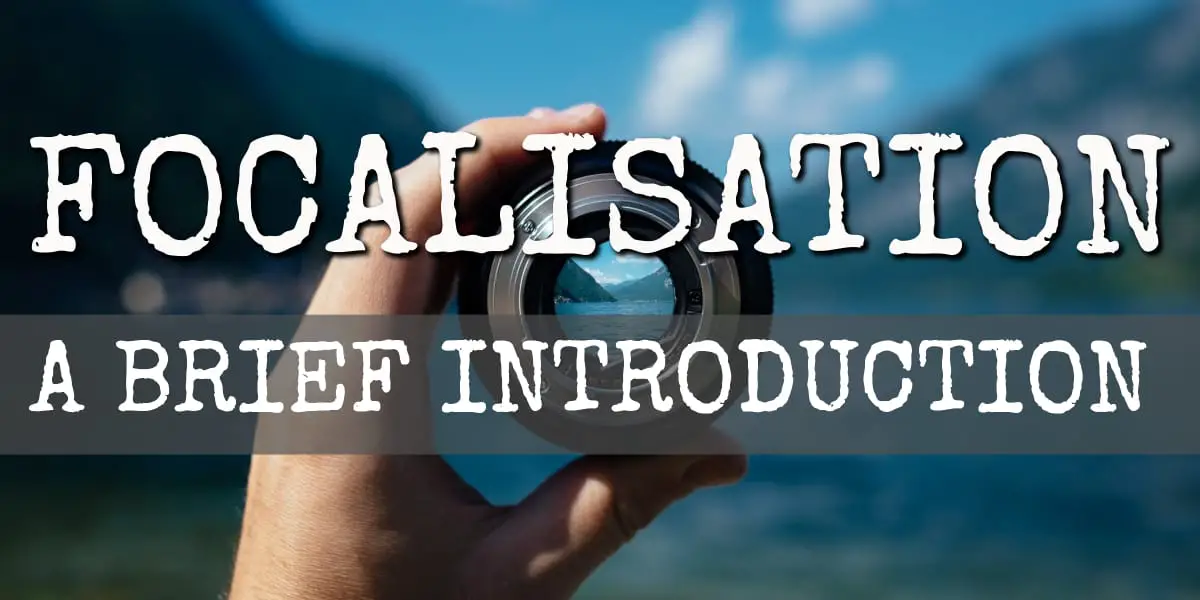
Every narratologist has their own set of terminology. It gets a bit overwhelming. Pick and choose the terms that are useful; discard the rest. Here’s one way of looking at narration in stories. Focalisation comes courtesy of French narrative theorist, Gérard Genette. When thinking about focalisation, we consider the following: Writers tend to think in […]